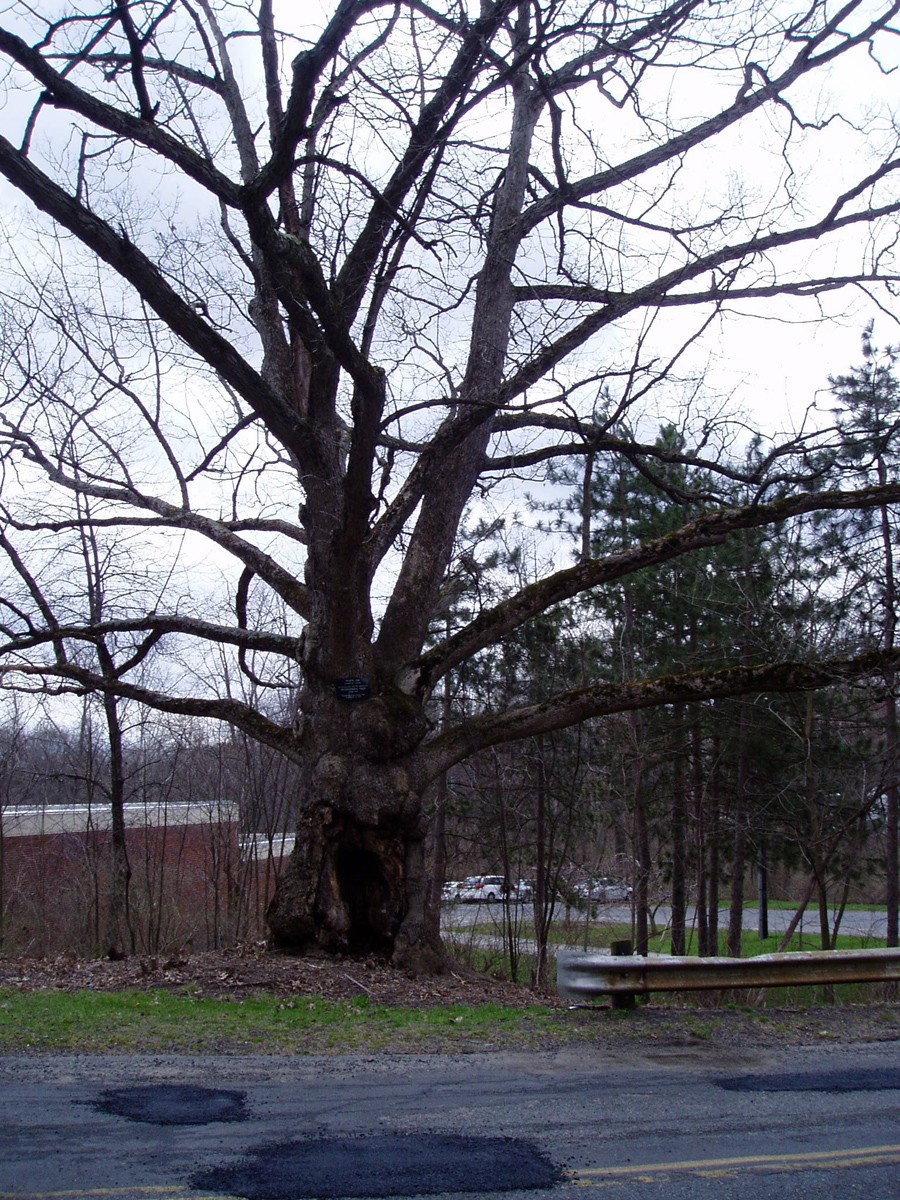It Takes One: Ben Haley
For as long as I can remember, I have been interested in local history. I was born and raised in South Hadley, Massachusetts, where branches of my family have lived since the area was settled in the mid-1600s.As an undergraduate at Bates College, I examined the British perspective on the American Revolution. I worked at two local historical societies—the Connecticut Valley Historical Museum in Springfield, MA and Historic Northampton in Northampton, MA—as well as the Porter-Phelps-Huntington Museum in Hadley. After graduating Bates, I entered the University of Durham in England to pursue a Master’s degree in history. I moved back to the United States and landed a job in New York City at the World Monuments Fund in January 2008, and have been there ever since.
How would you define a cultural landscape?
A cultural landscape is, most generally, one that was shaped by humans. For me, the most important cultural landscape is in the Connecticut River Valley, which my ancestors settled 350 years ago. Though the landscape has changed dramatically since then—from mostly old growth forests, to primarily agricultural, to now primarily urban and suburban—original aspects of the cultural landscape survive. Historic houses, fields, and ancient trees are remnants of a passed time and reminders of a different way of life. Cultural landscapes evolve but don’t always lose reminders of their history.
More specifically and more importantly, a cultural landscape is something that has meaning to people, whether residents or visitors. Meanings may be different for different people, but a cultural landscape provides a context for civilization that is always changing but always significant.
Why did you get involved in the landscape that was threatened in your community?
I got involved with South Hadley’s Independence Tree because there seemed to be a general lack of awareness regarding the tree’s significance. It is an enormous tree, and though it was always somewhat obscured by undergrowth around its base, it was still visible from the street and obviously of great age. I remember driving past it with my parents countless times as a child—we only lived about a mile away and it was on one of South Hadley’s busy roads, near Mount Holyoke College. I was first concerned with it while I was in high school. One day, I noticed a metal plaque at the top of the tree’s trunk. It said the tree, a white oak (Quercus alba), was selected to be South Hadley’s Independence Tree in 1976, having been at least one foot in diameter in 1776. As a geeky teenager interested in history, I thought that was really exciting and, as no one else seemed to know or care about the tree, it seemed like my little secret.
About the time I entered college, though, I realized that the state of the tree really was untenable if it were to continue to thrive. There was a gaping hole in its trunk, which was perpetually damp with all the surrounding vegetation shading it. I wrote letters to both the town of South Hadley and Mount Holyoke College (on whose land the tree stands) my sophomore year in college, to no avail. The people whom I thought should care did not.
When I returned from graduate school in England, I looked at the tree wish fresh eyes and really thought that something had to be done. I was worried that Mount Holyoke might one day just decide to cut the tree down, as the previous year they had cut down a huge, ancient sugar maple that looked healthy, sold a house dating to 1752 to a town resident who had to tear it down because it was in such poor condition, and felled a gigantic sycamore and demolished an old farmhouse to put up a new dormitory.
I did some research on the growth patterns of the white oak, and all the figures I got told me that a white oak’s girth never grows more than 2 inches per year, even in prime conditions. This oak’s circumference was over 22 feet, and about 6-and-a-half feet in diameter. It is roughly the same size as the Bedford Oak in Bedford, NY (which is well maintained by the local historical society and sits on its own piece of protected land), which is possibly 400 years old, which makes this tree in South Hadley of very great historical significance if it is contemporary with that tree, which it could be. I think it’s great that my hometown can have the South Hadley Oak.

How did your understanding of this landscape change as a result of your advocacy efforts?
I think it reinforced the idea that buildings and fields are not the only survivors of a historical landscape. This tree ranks in historical importance alongside the oldest houses in the region.
Did the understanding of others change as well? If so, how?
Recently, members of the local historical society cleared away the surrounding brush that threatened the tree. People stopped and expressed curiosity and interest in the tree as the work was being done and, now that the tree is visible from the street, I can only hope that these people and others will return to see it.
What is the message that you would like to give our readers that may inspire them to make a difference?
If something concerns you in your community, ask around, write to people, make phone calls, and find out what’s going on. Before it was visible to the community, to all intents and purposes, this significant piece of history just didn’t exist in the public’s mind. Now that it does, I hope it can provide a greater sense of history for the town. Be an activist, and don’t be afraid to be annoying if something you think is important is being ignored.







